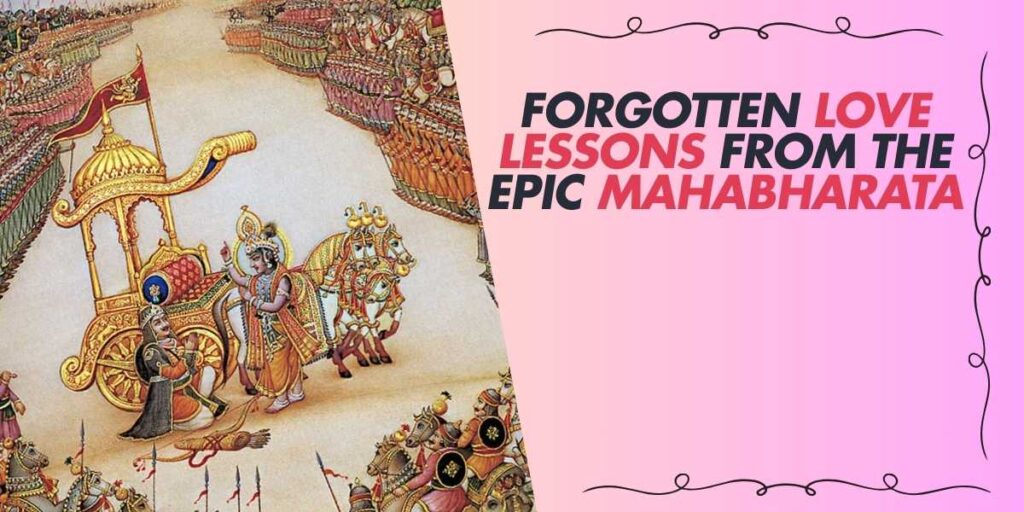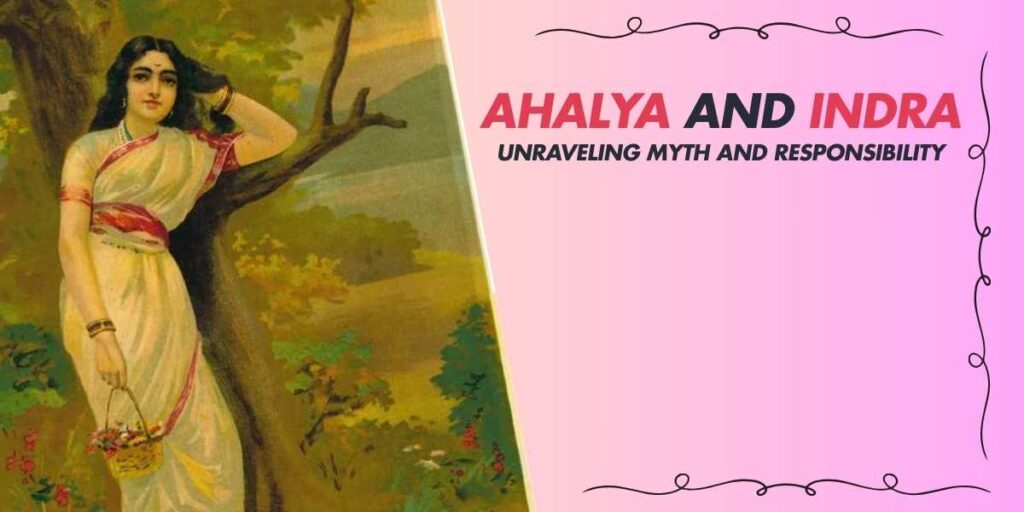Chitrangada’s story is an epitome of love, transformation, and identity. Her character’s journey from the epic Mahabharata to contemporary interpretations underscores the enduring struggle against conventional societal norms.
Chitrangada in the Mahabharata
Chitrangada is introduced in the Mahabharata as the warrior princess of Manipur, the only heir of King Chitravahana. Raised with the skills and responsibilities typically reserved for male heirs, she stands out as a woman who defies the traditional roles assigned to her gender.
Her encounter with Arjuna, one of the Pandava brothers, unfolds a unique narrative of love intertwined with conditions. When Arjuna proposes marriage, King Chitravahana agrees with one stipulation: any child born from their union should be the king’s successor, ensuring the lineage of Manipur through Chitrangada’s progeny.
Tagore’s Vision: A Quest for Identity
Rabindranath Tagore reimagines this tale in his play Chitra, delving deeper into the themes of identity and self-worth. Tagore emphasizes the contrast between inner and outer beauty, portraying Chitrangada as a fierce, independent warrior who desires to be seen beyond her warrior exterior.
This adaptation highlights Chitrangada’s internal conflict as she prays to the gods to transform her appearance to win Arjuna’s love. As she wrestles between the facade of femininity and her true self, Chitrangada ultimately reveals the transient nature of physical beauty, choosing to embrace her authentic identity.
Rituparno Ghosh’s Modern Retelling
The film Chitrangada: The Crowning Wish by Rituparno Ghosh provides a modern lens to this ancient story. The movie, set in contemporary India, centers around the protagonist Rudra, whose journey mirrors Chitrangada’s struggle with societal norms and personal desires.
Ghosh explores gender identity and transformation, illustrating Rudra’s decision to undergo gender change to fit societal expectations of love and family. This narrative boldly questions rigid gender constructs, encouraging audiences to ponder the true essence of identity beyond physical form.
Themes of Gender and Identity
Both Tagore and Ghosh leverage Chitrangada’s story to challenge conventional gender roles. The themes of gender fluidity, societal expectations, and personal authenticity are core elements that resonate throughout their works.
These adaptations prompt introspection regarding the intricate balance between societal duties and personal desires. They urge recognition of one’s true self despite the external pressures to conform.
A Table of Comparisons
| Version | Focus | Main Theme |
|---|---|---|
| Mahabharata | Chitrangada’s role as a warrior | Duty and Legacy |
| Tagore’s Chitra | Inner vs. Outer Beauty | Identity and Self-worth |
| Ghosh’s Film | Modern View of Gender Identity | Personal Authenticity |
The Relevance of Chitrangada Today
Chitrangada’s narrative is strikingly relevant in the 21st century, where discussions of gender roles and identity are more critical than ever. Her journey through love, transformation, and self-discovery offers valuable insights and inspiration for individuals navigating their own identities.
In our diverse and multifaceted world, Chitrangada encourages us to embrace our true selves, challenging the societal expectations that often constrain our authentic expressions. Her story serves as a reminder that the essence of who we are should not be dictated by external perceptions or norms.
So, what does Chitrangada teach us? It’s simple yet profound: be yourself, fiercely and unapologetically. In a world that often tells us to fit into predefined molds, let Chitrangada’s journey inspire you to forge your own path.

